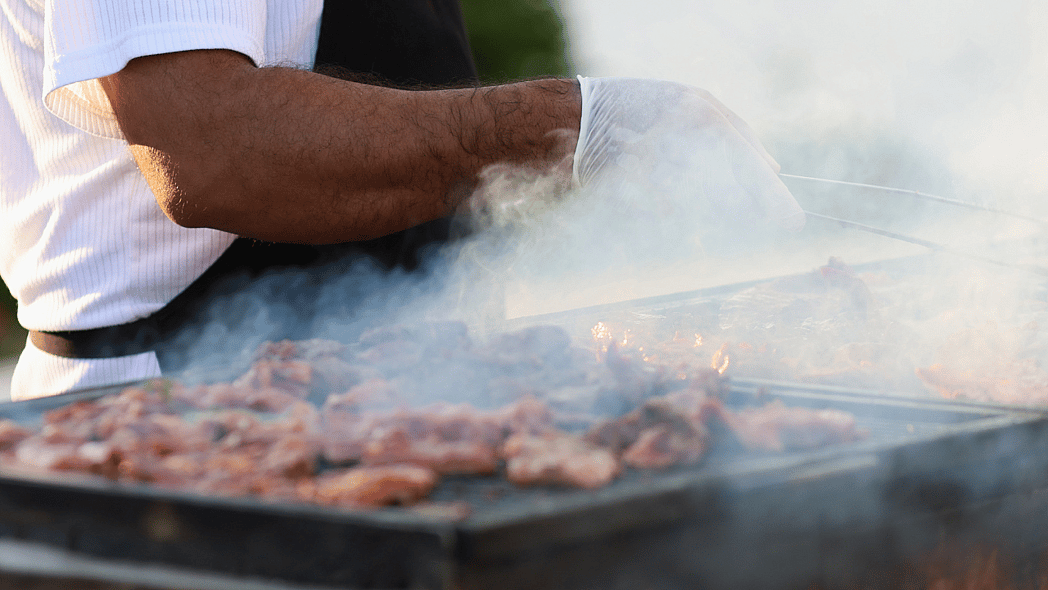Learning how to use an outdoor smoker involves a lot of trial and error — well, mostly error.
As an avid home chef on the search for authentically smoked flavor, I saw those shows where experienced cooks produced a perfect pork shoulder, slabs of ribs, and smoked sausages and thought, “I can do that!”
I was wrong.
There are three primary types of smokers: electric, charcoal, and pellet — with an honorable mention to propane models. While some can do other things, like grill, sear, and even bake, I was focused on finding the best smokers only. I experimented with both charcoal and electric before settling on the pellet version — and for me, there’s nothing better. But before I got there, I burned, overcooked, undercooked, over-smoked, and messed up more food than I care to remember.
That’s because I didn’t do my research.
Now I know what works for me based on my comfort level. As we move into cookout season, now might be a great time to find what type of smoker works for you or the smoke lover in your life. (Plus, they make great Father’s Day gifts!)
1. Electric smokers
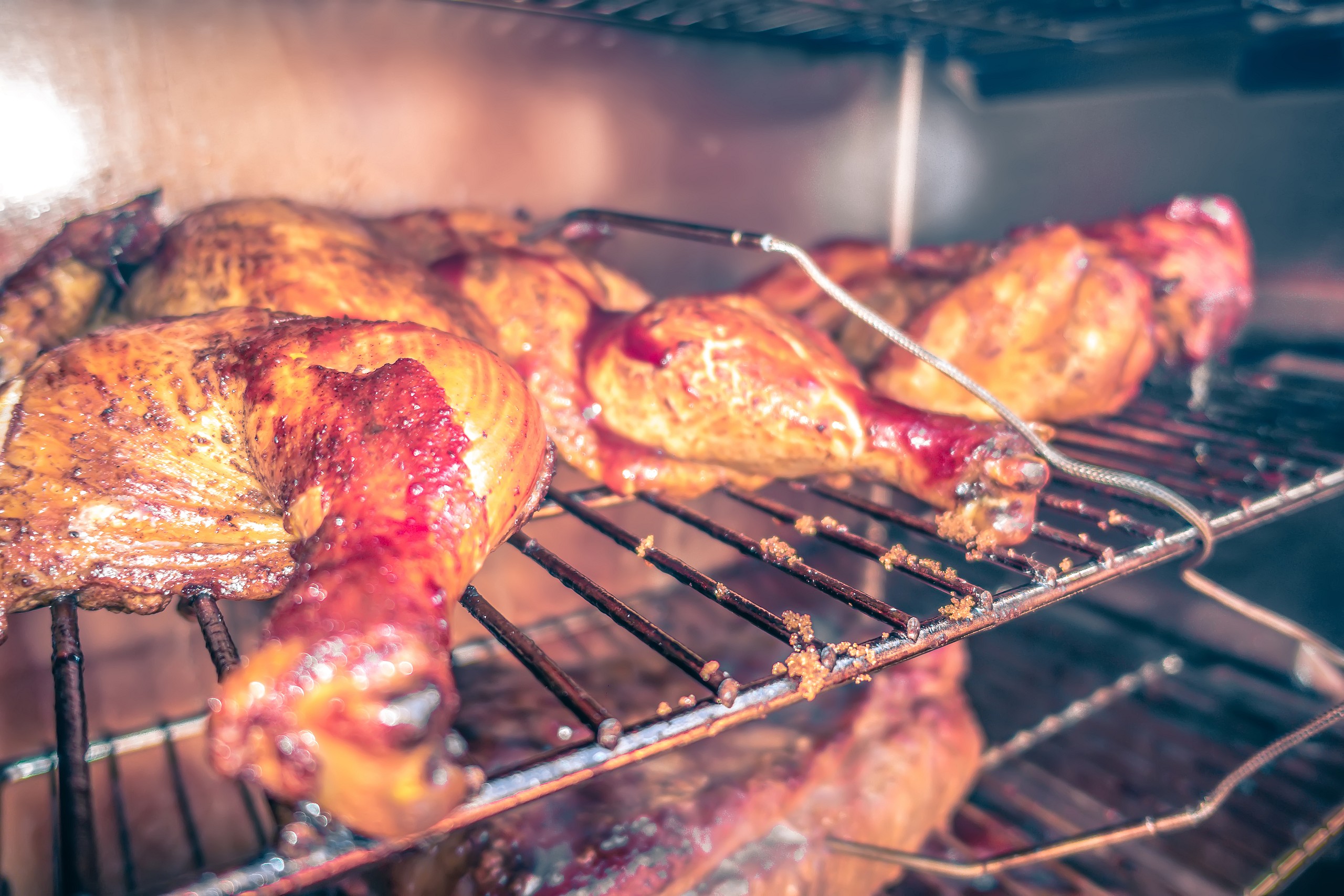
How do electric devices provide enough smoke and that beautiful smoke ring simply by plugging into a wall socket? Well, they can generate a very small amount of smoke, but forget the ring. Electric smokers contain a chip tray that, when warmed by the heating element, causes the chips to smolder and provide that sought-after flavor. Because they’re easy to operate, these smokers work very well for beginners, as it’s hard to overcook or over-smoke food.
COST: Basic beginner models cost $120 and up, but expect to pay $225 to $300 for a better model with more space and bells and whistles. The most basic models, like the drum-shaped electric smokers, provide a nice foundation for all of the intricacies of smoking.
PROS: They’re easy to operate. Most come with digital thermometers, meaning you can set your temperature and forget it until the meat is done. Models with wheels are easy to move.
CONS: The temperature might not hold in cool or cold weather, and if the heating element breaks, the smoker becomes inoperable (though replacing it isn‘t that hard). Also, due to the small amount of chips the tray can hold, there’s often very little smoke flavor.
BOTTOM LINE: Electric smokers are easy, inexpensive, and fantastic for beginners looking to experiment with smoking.
RELATED: The secret’s in the sauce: Make a BBQ sauce worthy of your cookout
2. Propane smokers
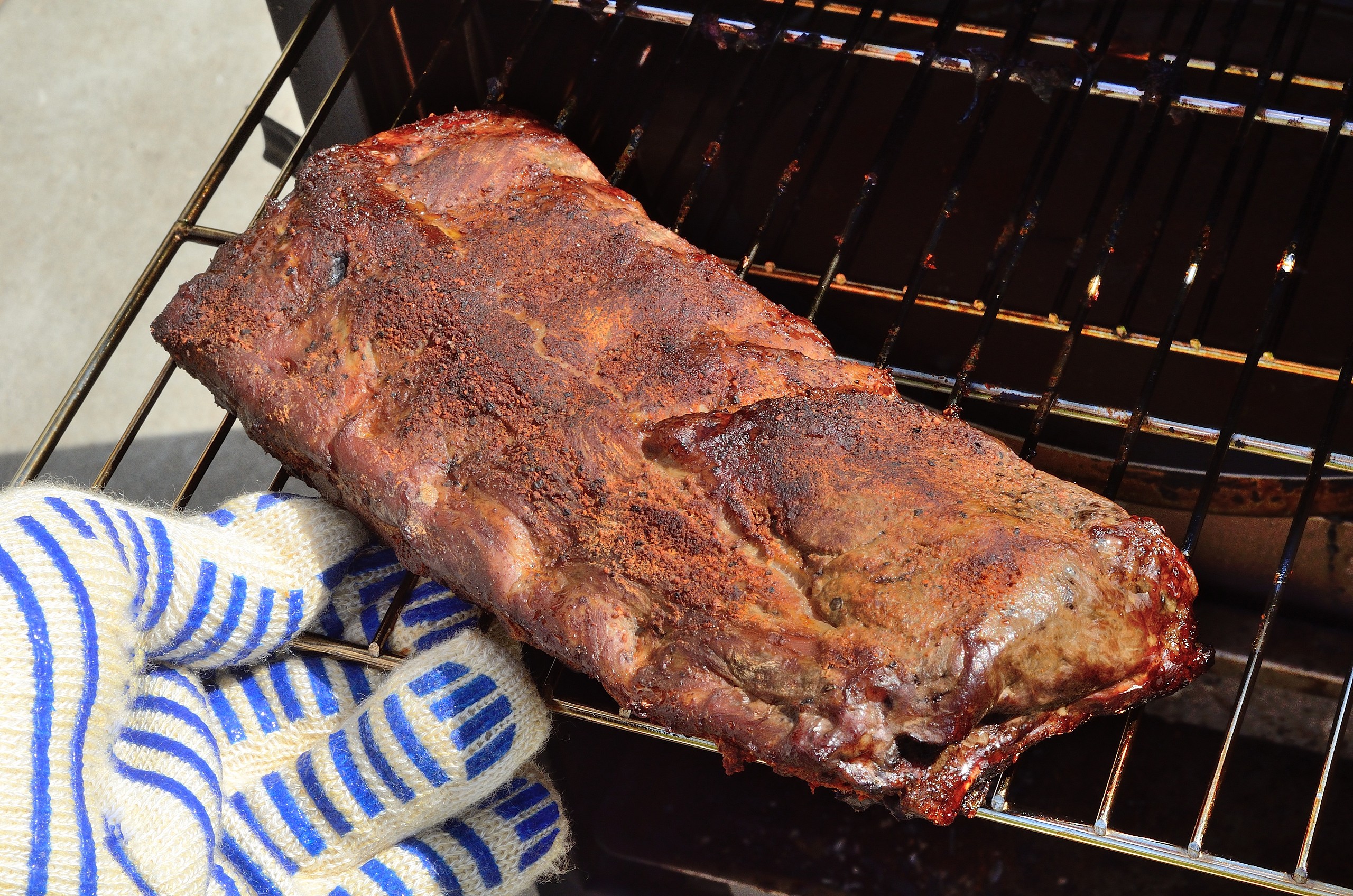
Propane smokers work similarly to electric smokers, except you use propane as you would with a grill. Since it’s easier to run out of fuel, you’ll need to watch the tank’s level, especially during longer cooks. That said, you won’t need an outdoor power source, which makes propane an excellent choice for cooks who value portability.
RELATED: theGrio Top 3 | What are the top must-play songs at a cookout?
3. Charcoal smokers
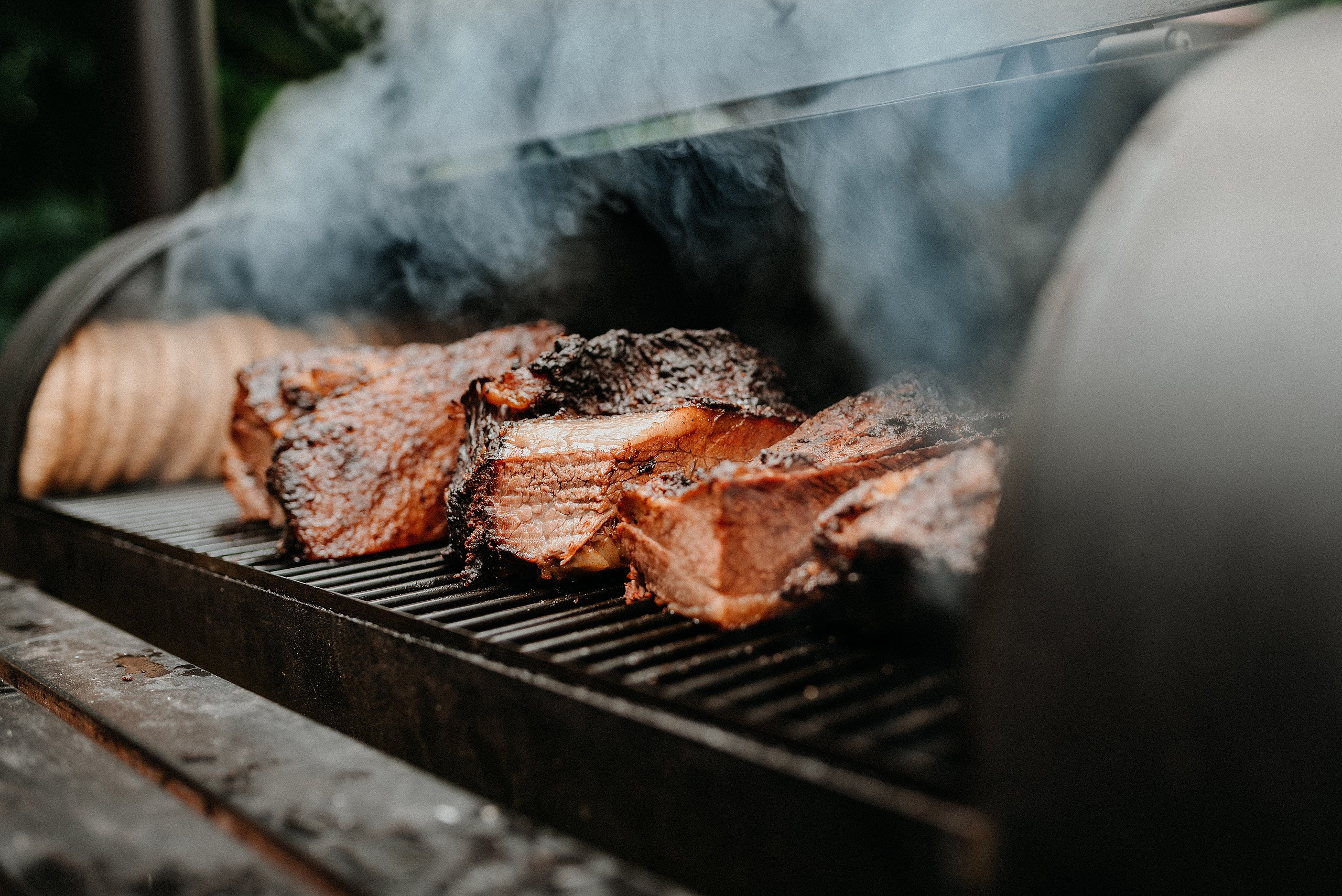
The taste of meat from a charcoal smoker is unlike any other. Whether cooking chicken, pork or beef, charcoal smokers win when it comes to flavor.
COST: $100 and up, but typically in the $350 range.
PROS: Charcoal briquettes produce a smoky flavor, especially when burned with wood. Briquettes have a long burn and are cost-efficient; they’re also great for indirect smoking. Additionally, charcoal has a wide temperature range.
CONS: Charcoal ashes make a mess. It’s also hard to control the temperature, so this type of smoker isn’t ideal for beginners, as the coals will need to be adjusted to keep them at the desired temperature.
RELATED: theGrio staff suggests you grill watermelon, serve Cadillac Margaritas to elevate your cookout
4. Pellet smokers
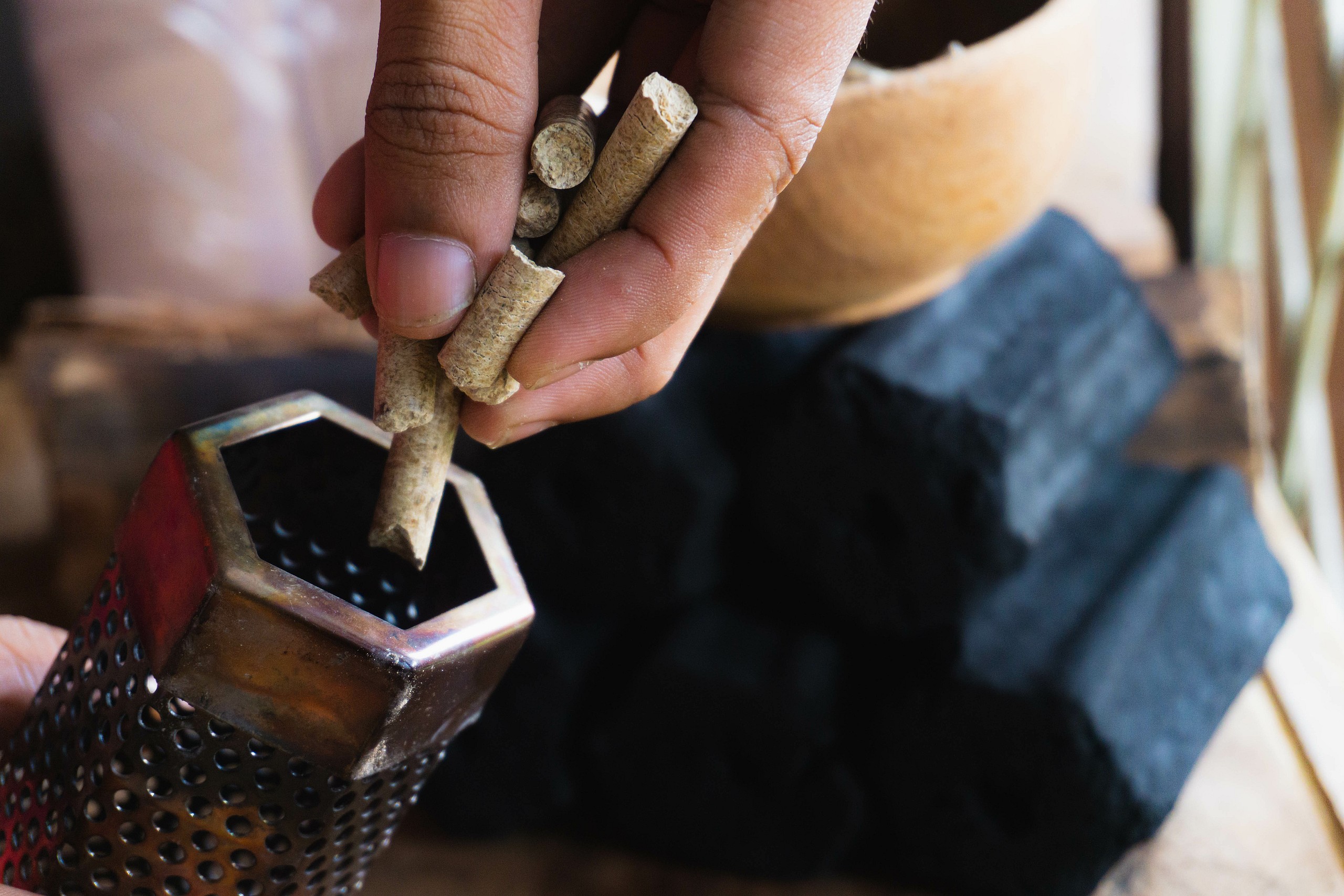
Pellet smokers are a relatively new invention. Joe Traeger of Traeger Grill fame filed a patent in 1986; since then pellet grills have exploded, with dozens of companies producing them. They’re marvelous machines. Instead of using chips or charcoal, the wood pellets go into an auger that lights them and generates the smoke. These smokers also have digital timers, temperature probes, mechanisms to increase or decrease smoke, and more.
COST: $300 and up; top-of-the-line models can cost over $800. Given the investment, it’s a smoker for the at-home cook who plans to regularly use it.
PROS: Pellet smokers produce fantastic smoke flavor and that coveted ring. They are also efficient and perfect for large capacities. Additionally, the technology makes it easy to cook at different temperatures from as low as 150 degrees to 500 degrees.
CONS: The pellets can get expensive, ranging from $15 to $20 for a 20-pound bag. When used at high temperatures, pellets can run out in as fast as six hours. Plus, larger smokers can weigh more than 200 pounds, making them hard to move. Lastly, you must have an outdoor power source. In short, pellet smokers are ideal for committed cooks.
RELATED: The official rules and revisions for the 2022 cookout season
To recap: In general, electric smokers are the least expensive and work well for beginners. Charcoal smokers aren’t expensive, but are best for experienced cooks who know how to keep a fire going at the desired temperature. With excellent smoke and new technology that makes cooking easy, pellet grills offer the best of all worlds — but they’re also the most expensive option and are the hardest to move around.
So when it comes to bringing the smoke this summer, the best smoking experience ultimately comes down to cooking confidence, commitment, and what smoker lights your fire.

